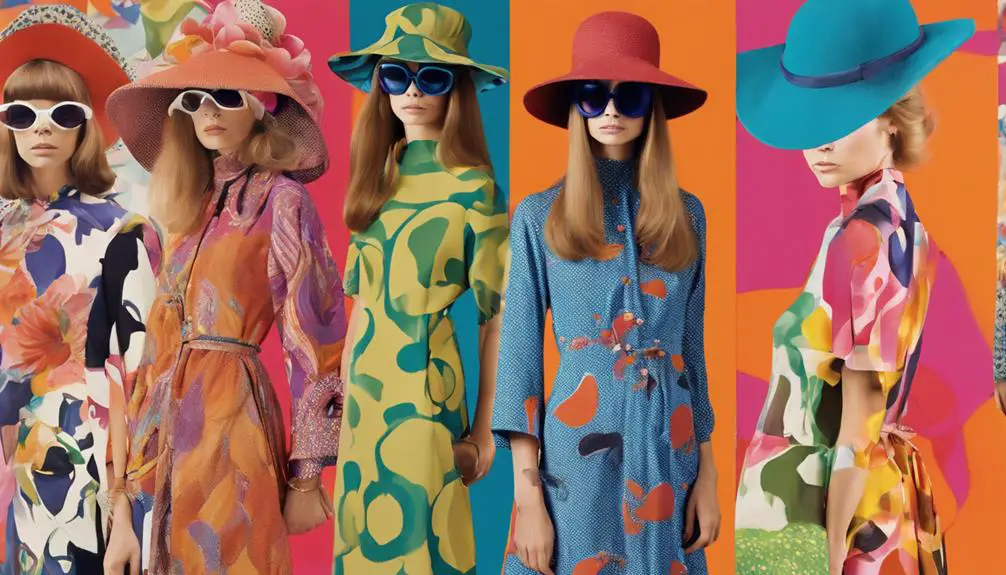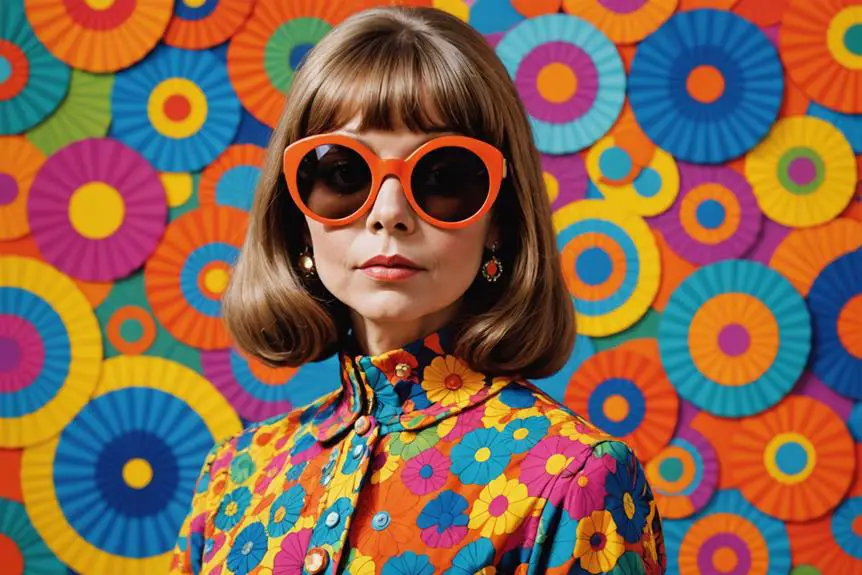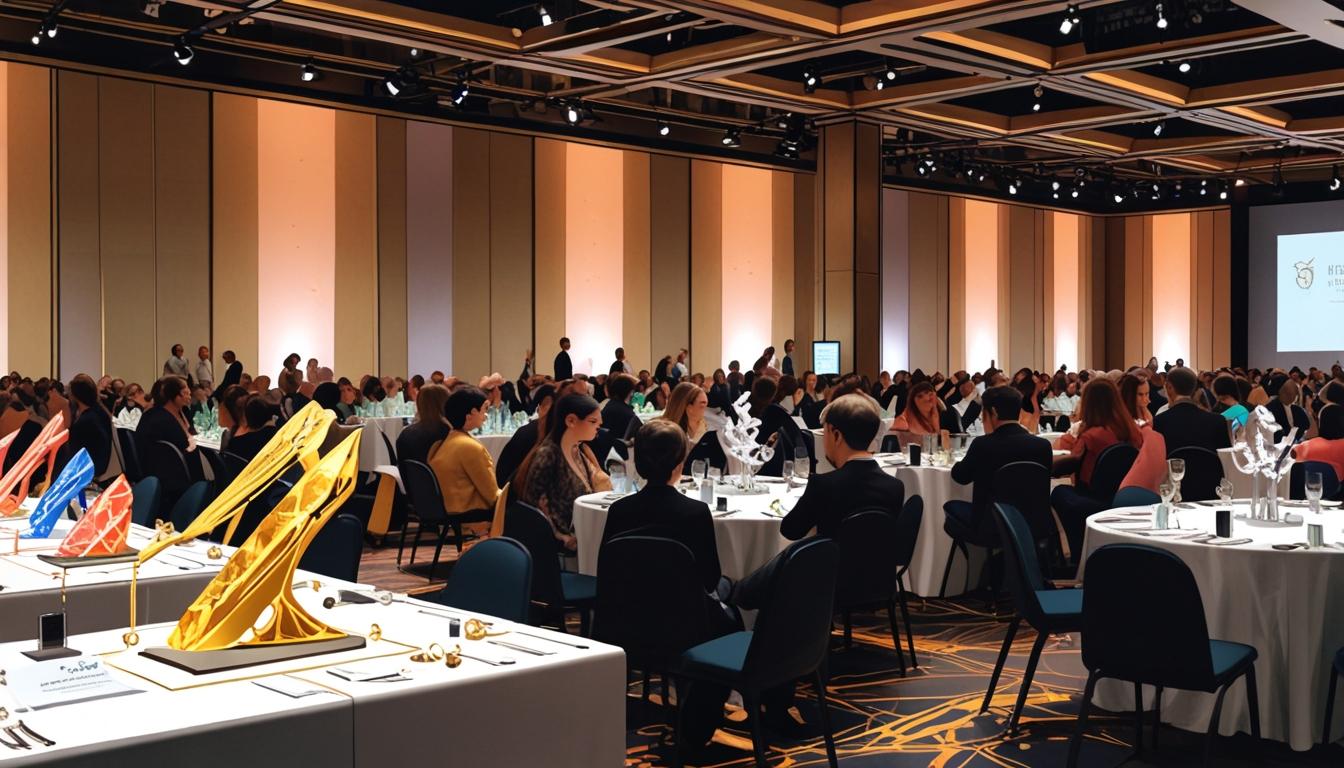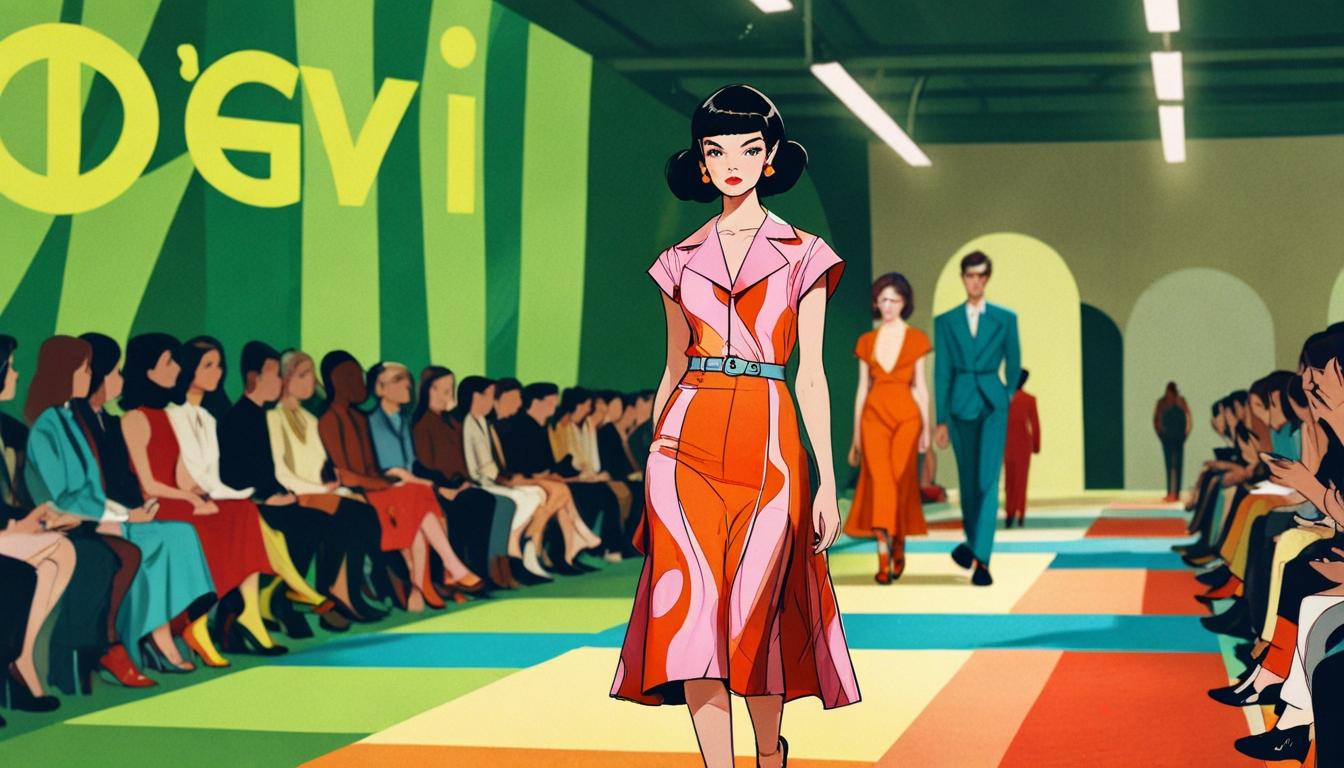You might know Penelope Tree as a groundbreaking figure in 1960s fashion, but her influence stretches far beyond mere aesthetics. From her discovery at Truman Capote's Black and White Ball to her collaborations with fashion legends, Tree's unique approach to style challenged traditional beauty norms. Her signature looks—bold colors and striking makeup—captivated a generation and continue to resonate today. Yet, there's more to her story than just fashion; her personal journey reveals a complex relationship with fame and identity that invites deeper exploration. What drove her to redefine not just her own image, but the entire fashion landscape?
Early Life and Discovery

Penelope Tree's journey into the world of fashion began with her unique upbringing. Born in 1949 to an American socialite and a British Conservative MP, she was immersed in a world of privilege and high society. After graduating high school in June 1967, she moved to London and took a job as a reader at a publishing office. Yet, her life was about to change dramatically.
In 1966, Penelope attended Truman Capote's legendary Black and White Ball, where she was discovered by the renowned photographer Richard Avedon. This moment marked the start of her meteoric rise in the fashion industry. Avedon's keen eye recognized her potential, and shortly after, she received a call from Diana Vreeland, the iconic editor of American Vogue. This call not only solidified her place in the fashion scene but also propelled her into the spotlight of the Swinging Sixties, a time of bold style and experimentation.
Though Penelope Tree was stepping into an exciting fashion career, she faced challenges at home. Her family's parental disapproval about her choice to pursue modeling weighed heavily on her. They had reservations about the fashion industry and the lifestyle it entailed. Despite this, Penelope embraced the world of fashion, donning everything from a simple black jersey dress to extravagant designs, ultimately becoming a symbol of style and grace. Her early life and discovery laid the groundwork for an iconic career that would inspire many.
Influential Fashion Collaborations
Fashion collaborations defined Penelope Tree's career, showcasing her as a pivotal figure in the industry. Her journey began when she was discovered by the legendary photographer Richard Avedon at Truman Capote's Black and White Ball in 1966. This serendipitous encounter launched her into the spotlight, where she became a muse for influential figures like Diana Vreeland at American Vogue. Through her stunning editorial shoots, Tree presented a unique aesthetic that resonated with the bold fashion trends of the 1960s. The fusion of her style with that of designers reflects a broader narrative in fashion history, much like the evolution of Alexander McQueen's logo, which mirrors changes in creative direction and trends.
One of her most iconic moments came when she wore a striking black dress paired with a matching mask at Capote's ball. This unforgettable look not only captured the attention of the fashion world but also solidified her status as a style icon. Throughout her career, she collaborated with renowned designers such as Yves Saint Laurent and Paco Rabanne, often showcasing their avant-garde creations that embodied the daring spirit of the era.
Penelope's influence doesn't just stop in the past; her recent work in Barneys New York's spring campaign highlighted contemporary designs by Haider Ackermann and Maison Martin Margiela. These collaborations demonstrate her enduring impact on the fashion landscape, proving that she remains relevant and adaptable. By working with such distinguished designers and photographers, Penelope Tree has carved out a legacy that inspires future generations in the ever-evolving world of fashion.
Signature Style and Iconic Looks

Elegance and audacity define the signature style of Penelope Tree, a true icon of the 1960s. Her fashion journey reached a pinnacle at Truman Capote's Black and White Ball in 1966, where she dazzled in a striking black dress paired with a matching mask. This moment not only showcased her boldness but also highlighted her eclectic taste, marking her as a fashion force to be reckoned with. Remarkably, her choices often mirrored the contemporary trends of high fashion, much like the evolution of iconic brands such as Versace.
Tree's unique designs often featured bold colors and innovative pieces from iconic designers like Yves Saint Laurent and Bill Blass. She wasn't afraid to embrace avant-garde fashion, evident in her modeling sessions where she sported daring outfits, including a remarkable plastic cut-out dress by Paco Rabanne. Her willingness to experiment with fashion reflected the vibrant spirit of the Swinging Sixties, making her a beacon of creativity.
With her extraterrestrial appearance, Tree captivated audiences, particularly with her signature painted eyelashes that added an otherworldly allure to her looks. Collaborating with renowned photographers like Richard Avedon, she became a muse, resulting in iconic images that encapsulated her unique fashion sensibility. Each photograph captured her larger-than-life poses, leaving a lasting impression on the fashion world.
In every outfit, Penelope Tree embodied the essence of 1960s style, blending elegance with a daring edge, and establishing a legacy of distinctive fashion that continues to inspire.
Cultural Impact and Legacy
Capturing the spirit of the 1960s counterculture, Penelope Tree emerged as a cultural icon who greatly influenced women's representation in media. Her unforgettable appearance at Truman Capote's Black and White Ball in 1966, where she donned a striking black dress and matching mask, marked a pivotal moment in fashion history. This event solidified her status as a muse for renowned photographers like Richard Avedon, who captured her unique and unconventional beauty in groundbreaking fashion photography that pushed boundaries.
Tree wasn't just a pretty face; she became a symbol of the Swinging Sixties, representing the ideals of the counterculture movement. Her collaborations with influential figures like Diana Vreeland helped redefine editorial content and inspired future generations of models and photographers. As you explore her legacy, you'll see that Tree's aesthetic continues to resonate in contemporary fashion discussions and exhibitions, making her an enduring figure in the industry.
Even today, her recent participation in Barneys New York's spring campaign highlights a growing recognition of older models in fashion, effectively challenging traditional notions of beauty and age. This evolution not only reinforces her legacy as a pioneering figure but also inspires a new wave of appreciation for diversity in representation. Penelope Tree's impact transcends the 1960s, reminding us that true beauty and style can defy age, and that her influence will continue to shape the fashion world for years to come.
Personal Challenges and Resilience

Resilience defines Penelope Tree's journey through the tumultuous landscape of the fashion industry. Facing significant personal challenges, Tree battled acne and endured eating disorders like anorexia and bulimia during her teenage years, which severely impacted her self-image and modeling career. Despite these struggles, her unique appearance and unwavering resilience propelled her into the spotlight, where she gained recognition as a style icon after being discovered at Truman Capote's Black and White Ball in 1966.
The pressures of the fashion industry often led Tree to feelings of isolation and insecurity, especially amid her tumultuous relationship with renowned photographer David Bailey. However, her journey didn't end there. In her 40s, she found solace in Buddhism, which provided spiritual nourishment and essential tools for coping with her past challenges. This newfound faith guided her toward self-acceptance, helping her embrace her identity beyond the superficial glitz of modeling.
Today, Tree's commitment to wellness practices, including daily yoga and maintaining a balanced diet, plays a vital role in her physical health and mental well-being. Through these practices, she demonstrates that true beauty stems from self-acceptance and resilience in the face of adversity. Penelope Tree's story is not just about fashion; it's about triumph, growth, and the unwavering spirit that inspires many to embrace their own journeys. In celebrating her iconic moments, we also honor the strength it took for her to navigate life's challenges and emerge as a powerful figure in the fashion world.
Frequently Asked Questions
What Are Some of Penelope Tree's Favorite Fashion Designers?
You're diving into a world of high fashion, where Yves Saint Laurent and Halston designs dazzle. Imagine the allure of Ossie Clark, Gucci collections, and Mary Quant. Penelope adores Jean Muir and Vivienne Westwood's flair too!
How Did Penelope Tree's Style Evolve Over the Years?
You'll notice her style evolved through early influences and bold experimentation. She embraced monochrome palettes, vintage revival, androgynous aesthetics, while incorporating statement pieces, color contrasts, bohemian elements, and minimalist trends with rich cultural references.
What Accessories Does Penelope Tree Often Incorporate Into Her Looks?
You'll often spot statement necklaces, oversized sunglasses, and vintage brooches in her looks. Wide-brimmed hats, statement earrings, layered bracelets, silk scarves, chunky belts, patterned tights, and ankle boots complete her effortlessly chic style.
Has Penelope Tree Influenced Any Contemporary Fashion Trends?
You might think Penelope Tree's influence faded, but her 1960s avant-garde styles still inspire contemporary fashion. Runway shows, celebrity collaborations, and fashion photography echo her impact, proving she remains a relevant icon in today's fashion landscape.
What Is Penelope Tree's Stance on Sustainable Fashion?
You'll find Penelope Tree advocates for sustainable practices, emphasizing ethical sourcing and eco-friendly materials. She promotes vintage fashion, conscious consumption, and secondhand shopping as essential for a minimalist wardrobe and supports fashion activism for a circular economy.




